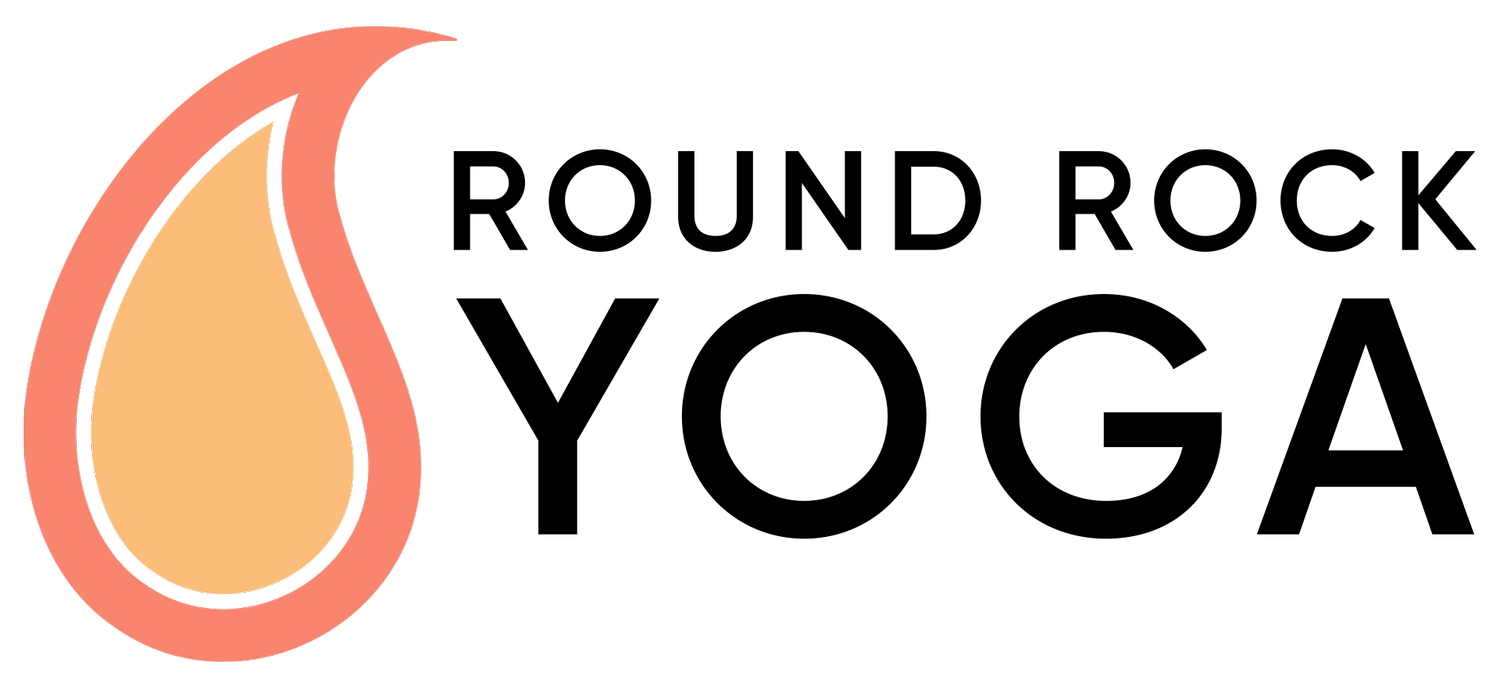Remembering How to Breathe
Guest Post by Roseanne Rinkevich, LMT Breathing is a necessary thing. We need to breathe in the oxygen to start the cell's orchestrated dance of transporting, filtering, fueling, and repairing the body. We, obviously, need it to live. Over the years, though, many of us have forgotten how to breathe the way our bodies are designed: breathing through the nose and with the diaphragm. When we breathe this way, it gives us relaxation, the ability to heal, and the chance of a longer life with less discomfort.
Our goal in breathing should be to get the most oxygen to reach the lower lungs, which keeps the oxygen and carbon dioxide levels normal. When oxygen reaches the lower lungs our parasympathetic nerve receptors are stimulated. This puts our nervous system in the ideal state for organ function as well as the ability to heal. When oxygen reaches only the upper lung, the opposite occurs with stimulating sympathetic nerve receptors and causing stress to the body.
For oxygen to reach the lower lung, one must breathe very, very slowly through the nose (nose breathing slows down the intake of air compared to mouth breathing) while using the diaphragm verses using the muscles of the chest (breathing with the chest muscles don't allow complete expansion of the ribcage for the lungs).
It is when we slow our breathe down and let the ribcage fully open that the proper exchange of oxygen and carbon dioxide can occur, allowing the pH+ in the blood to be balanced. It is when we are experiencing abnormal levels of carbon dioxide that the body isn't triggered to collect a normal level of oxygen, encouraging the sympathetic nervous system to take over and throw off of the blood pH+. This causes inflammation of the soft tissues, constriction of the vessels, growth of free radicals, and a feeling of tension and aggression.
When we organize ourselves to breathe so that the oxygen-filled air reaches the lower lung, we preserve normal high levels of carbon dioxide and, respectively, encourage normal high levels of oxygen and ideal function of our body.
In a resting state or of light movement and exercise, completing 2-3 breathe cycles (inhale and exhale) per minute is ideal. During an aerobic state (like in exercise focusing on cardio-development), one needs to synchronize their breathe with the movement (exhaling on major muscle contraction, inhale on return) with 6 breathes or less per minute. Anything more is considered a state of hyperventilation and starts to stress the body since our oxygen and carbon dioxide levels are pushed to abnormal levels.
Trying to change one's breathing style can feel a little awkward in the beginning. To help the body feel more natural with this natural way of breathing, there are many things one can do:
Let resting give you answers... Something as simple as lying on the floor (resting on your back with a pillow under the knees) and can be quite lovely by itself. But one can use this time to build an awareness of your breath. By default, do you breathe more through your mouth or nose? When inhaling, does the chest or belly move more? Can you slowly breathe in and out without struggling? The more we allow ourselves to be present in our bodies, the more our bodies will tell us what it needs and wants.
Classical stretching of the neck, shoulder griddle, and torso... These muscles are over-used in states of hyperventilation. The more that they are incorrectly used, the more the body's musculoskeletal structure will form the posture of rolled shoulders, a forward head, and a kyphosis to the back--encouraging the body to slouch and to continue a breathing pattern of hyperventilation. By opening up these muscles, we not only let our diaphragm have a bigger (and necessary) presence in our breath, but we allow our body to be the physical form it is meant to be---enabling less taxing movement and stress to the muscles and joints.
Formal massage focusing on the muscles and fascial patterns... Stretching will do wonders in reminding the body how to carry itself in breath; but to better resolve the awkward pull the unnatural breathing has done to the ribcage and its echo to the rest of the body, massage is necessary to unwind the fabrics of these compromised soft tissues (muscles, tendons, and fasciae).
Yoga and mediation, especially styles that incorporate Hatha and Pranayama... These are excellent ways to practice slowing one's breathing pattern and to bring the awareness of the connection it has with the rest of the physical body. To help build the confidence and habit to practice this style of breathing more regularly, it greatly helps to start with professional instruction by attending yoga classes or through private sessions.
Roseanne Rinkevich is both locally licensed and nationally certified as a massage therapist, with over a decade of experience in various forms of massage, specializing in myofascial and neuromuscular techniques.
